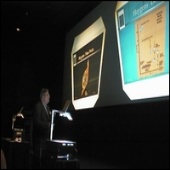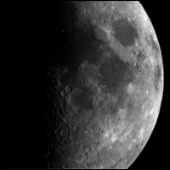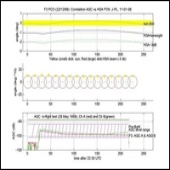ESA Science & Technology - News Archive
News Archive
News Archive
Published: 27 July 2000
Published: 4 May 2000
Published: 27 March 2000
Published: 14 February 2000
Published: 8 February 2000
Published: 2 February 2000
Published: 2 February 2000
Published: 1 February 2000
Published: 14 January 2000
Published: 15 October 1999
Published: 15 September 1999
Published: 14 September 1999
Published: 24 August 1999
Published: 18 August 1999
Published: 12 August 1999
Published: 25 June 1999
Published: 24 June 1999
Published: 6 April 1999
Published: 11 January 1999
Published: 21 December 1998
—
20 Items per Page



















